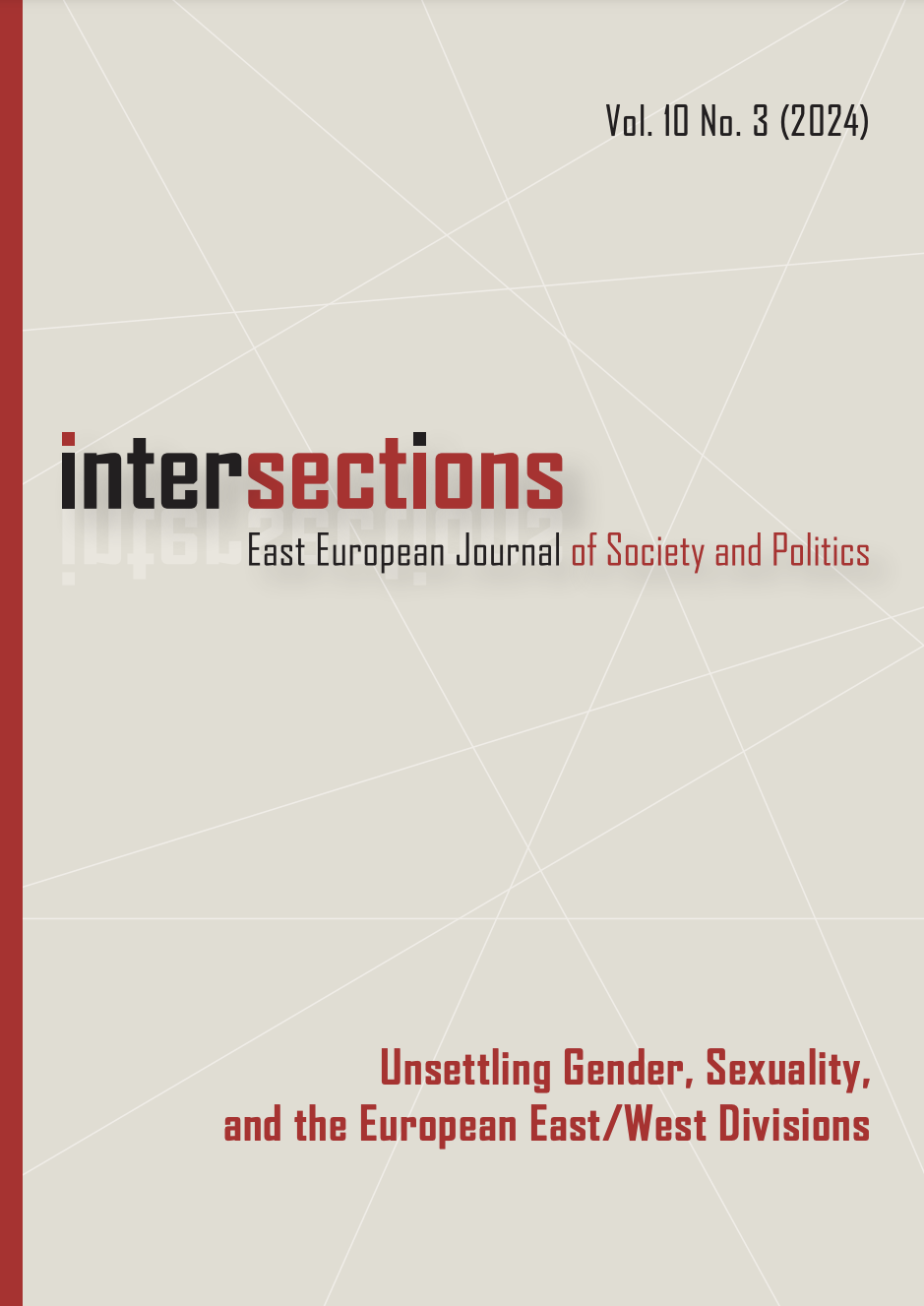The role of capital income in the Hungarian income distribution from 2007 to 2021
DOI:
https://doi.org/10.17356/ieejsp.v10i3.1295Keywords:
income inequality, capital income, personal income tax, Gini indexAbstract
Capital income represents a significant and growing share of total income at the aggregate level in most countries. However, the link between capital income and overall income inequality is not clear, as it is influenced by the distribution of capital income among individuals and its overlap with labour income. Using administrative personal income tax data, we explore the characteristics of taxable capital income in Hungary for the period from 2007 to 2021, and assess its role in overall income inequality. Capital income, which accounted for 8 to 12% of total taxable income in the period under review, was distributed among just 5 to 7% of taxpayers. The highest income percentile held 74% of capital income, while the share of the highest income decile exceeded 90% in 2021. Given its concentration at the top of the total income distribution, capital income significantly increased income inequality. By decomposing the change in inequality measured by the Gini index, we show that although the increase in overall income inequality is largely attributable to the growing concentration of labour income, capital income also exerted a major influence during this period. In our simulation, we demonstrate that an increase in the share of capital income within total income would lead to a notable increase in inequality.

Downloads
Published
How to Cite
Issue
Section
License
Copyright Notice
Authors who publish with this journal agree to the following terms:
Authors retain copyright and grant the journal right of first publication, with the work three months after publication simultaneously licensed under a Creative Commons Attribution License that allows others to share the work with an acknowledgement of the work's authorship and initial publication in this journal.
Authors are able to enter into separate, additional contractual arrangements for the non-exclusive distribution of the journal's published version of the work (e.g., post it to an institutional repository or publish it in a book), with an acknowledgement of its initial publication in this journal. This acknowledgement is not automatic, it should be asked from the editors and can usually be obtained one year after its first publication in the journal.



